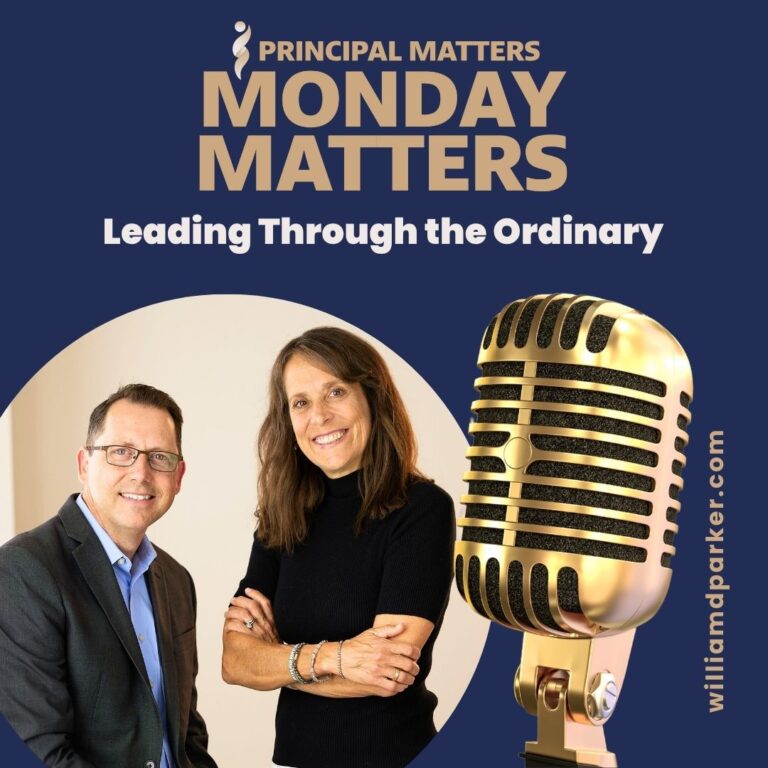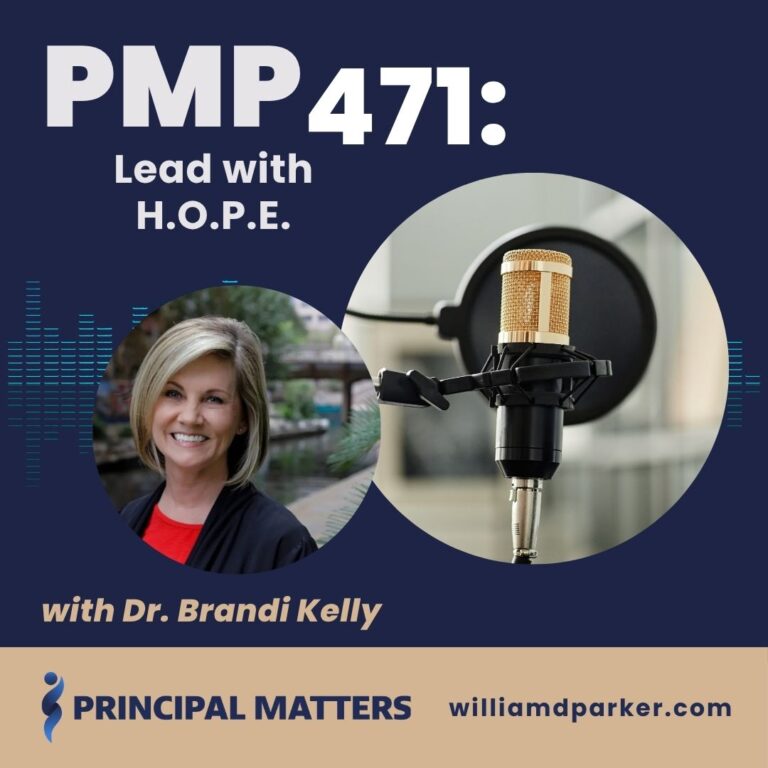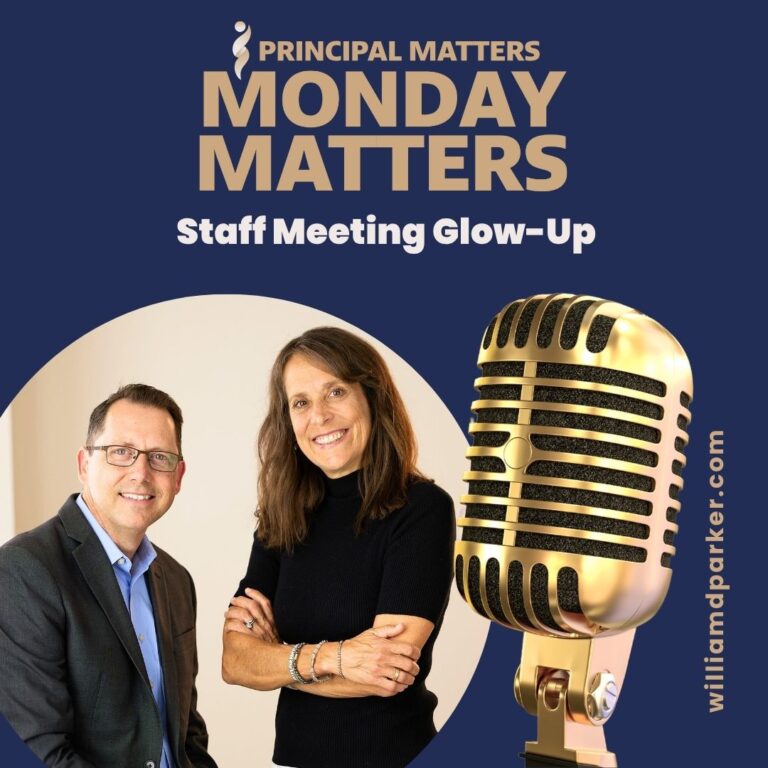Podcast: Play in new window | Download
Whenever you think about your best teachers, I’m sure you think about the ones who make learning engaging, meaningful and memorable.

I often call these “magic teachers” because it seems they can hold the attention of any group of students. But when you unpack what makes an effective teacher, you discover a mix of procedures, expectations, relationships, creativity and levels of learning.
These master teachers understand that consistent practices can be taught and implemented for stronger student learning. John Wink is a veteran teacher and school leader and the author of A Teacher’s Guide to Excellence in Every Classroom: Creating Support Systems for Student Success (Creating support systems to increase academic achievement and maximize student success) (Nov 15, 2019 Solution Tree Press).
In this week’s episode, John and I discuss ways that teachers and leaders can optimize student learning with strong processes, meaningful engagement, and understanding mastery in learning.
John Wink Bio
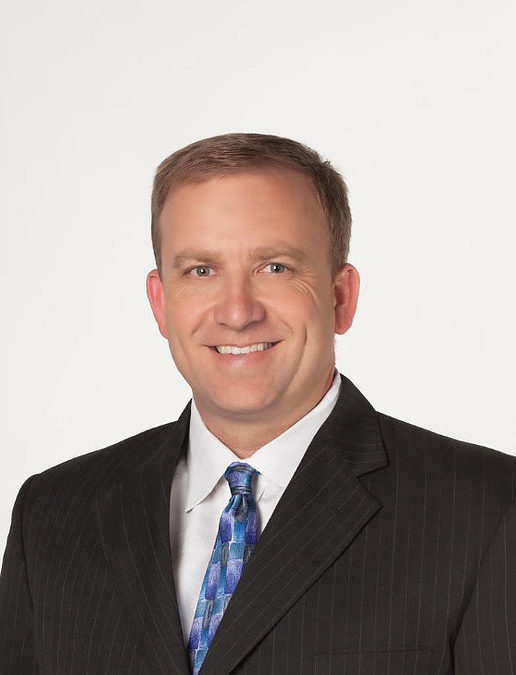
John Wink currently serves as the superintendent of Carthage ISD in Carthage, Texas. Prior to that, John served as the director of curriculum, instruction, and assessment for the Tatum Independent School District in Tatum, Texas, and principal at Gilmer Elementary School (2011–2014). With over 20 years experience in education, John has served as a choir teacher at Longview High School, principal at the Gilmer Elementary School, Hallsville Middle School, and Hallsville High School, and Assistant Superintendent of Curriculum, Instruction, and Assessment at Tatum ISD in Tatum, Texas, and superintendent of Blue Ridge ISD in Blue Ridge, Texas.
You can also check out his first book: A Leader’s Guide to Excellence in Every Classroom: Creating Support Systems for Teacher Success – explore what it means to be a self-actualized education … and how to inspire leadership in others (Oct 31, 2016). This week we discuss his newest book for teachers…
Questions & Answers with John Wink:
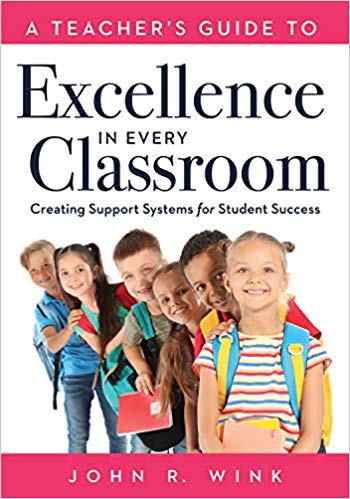
In his new book, John cover several topics, including classroom management, relationships, student engagement, and rigor/mastery. In a lot of the professional development I’m attending, it is refreshing to see educators embracing the importance of positive relationships on culture and learning environments. But positivity doesn’t replace procedures and routines.
John explains why routines and procedures are such an essential foundation for learning:
- Teachers have more demands than ever – which is why we often talk about rigor. That can difficult for new teachers or ones with challenging students. I ask teacher to think about this: If you focus on everthing, you focus on nothing… You can’t have a home until you have a house first: putting up the structures, routines, procedures… they must be done regularly. Students thrive on consistency…
- The goal? Independent learners, not just good behavior
- Parents need to be able to anticipate what to expect. Learn to be “boringly” predictable…
How can a school leader use the lessons in John’s books to help guide his or her teachers in increasing student engagement?
- The fatal error: we think engagement is something we do or for students. If our marriage goal was engagement, we would stay married! The goal is not about teaching, it’s about active LEARNING. This requires the teacher to be observant. Building relationship is key to engagement. What you consider engagement may not be what someone else considers engagement. Fisher and Fry’s work define the stages of engagement: warmups, focused learning, guided learning, collaborative learning, independent learning, assessments w/exit tickets. I have 10 five-minute chunks of time. Define engagement! And model it!
Some educators have a love/hate relationship with the word ‘rigor’. What are the benefits of rigor when you talk about mastery in student learning?
- You have two choices with rigor: 1. Vigorous learning or 2. Rigormortus 🙂 Rigor should not just mean “work, work, work…” How do reach levels of proficiency in learning? This means we know exactly where learners are starting. Then our goal is guide them to the next level. Design your assessments so that students can see what level they are on… When they know what skill they are missing, they can improve. When they don’t know, they only see learning as work… Rigor is not about the top step; it’s next step.
- Principals: expect this of yourself and teachers. What steps are your teachers? Some just need resources. Others need relationships. Some are ready for mastery!
One final topic in John’s book is teacher leadership. Why is teacher leadership important for excellence in classrooms?
- School leaders need to be dealing with the new problems…that is how your school and districts grow to the next level. We need people and systems of leadership for addressing OLD problems. Everyone should be a leadership of something. Someone should be a leader of copiers, Google classroom, note-taking, relationships…
- Ultimately, all of our teachers should also be leaders. A school leader’s job is to create a system of leadership to get the job done: monitor and adjust…this happens when we share leadership with everyone.
Let’s Wrap This Up
A Teacher’s Guide to Excellence in Every Classroom: Creating Support Systems for Student Success is not a book to go read, it’s a book to go live. Use it solve old problems and build support systems. You can stay connected with John Wink at his website or via Twitter @JohnWink90.
Now It’s Your Turn
What is one step you can take this week to better engage your teachers or staff in the kind of learning you want to see them practicing in classrooms? What “old lesson” responsibilities can you ask others to manage so that you can have space to manage “new lessons” as a leader?
Sign-Up For Free Updates and Ebook
You can automatically receive Principal Matter posts and a free Ebook, 8 Hats: Essential Roles for School Leaders. Let’s keep learning together!


